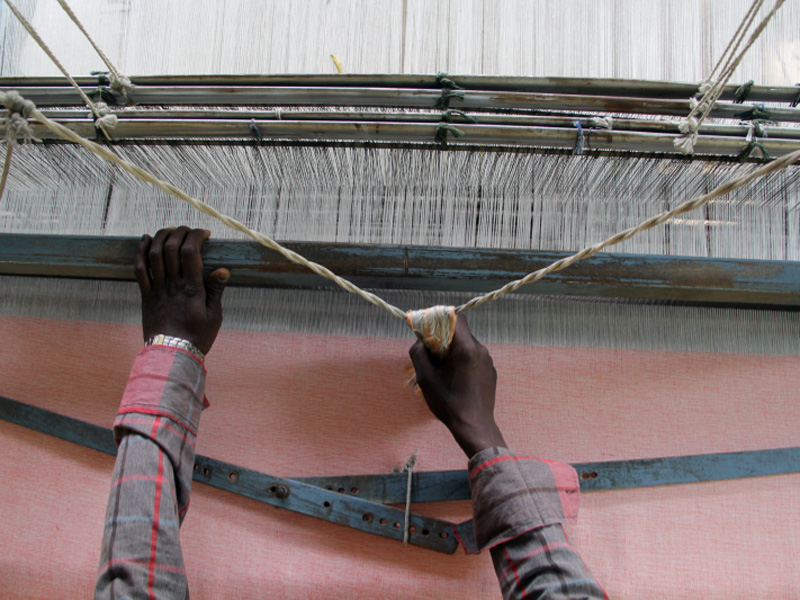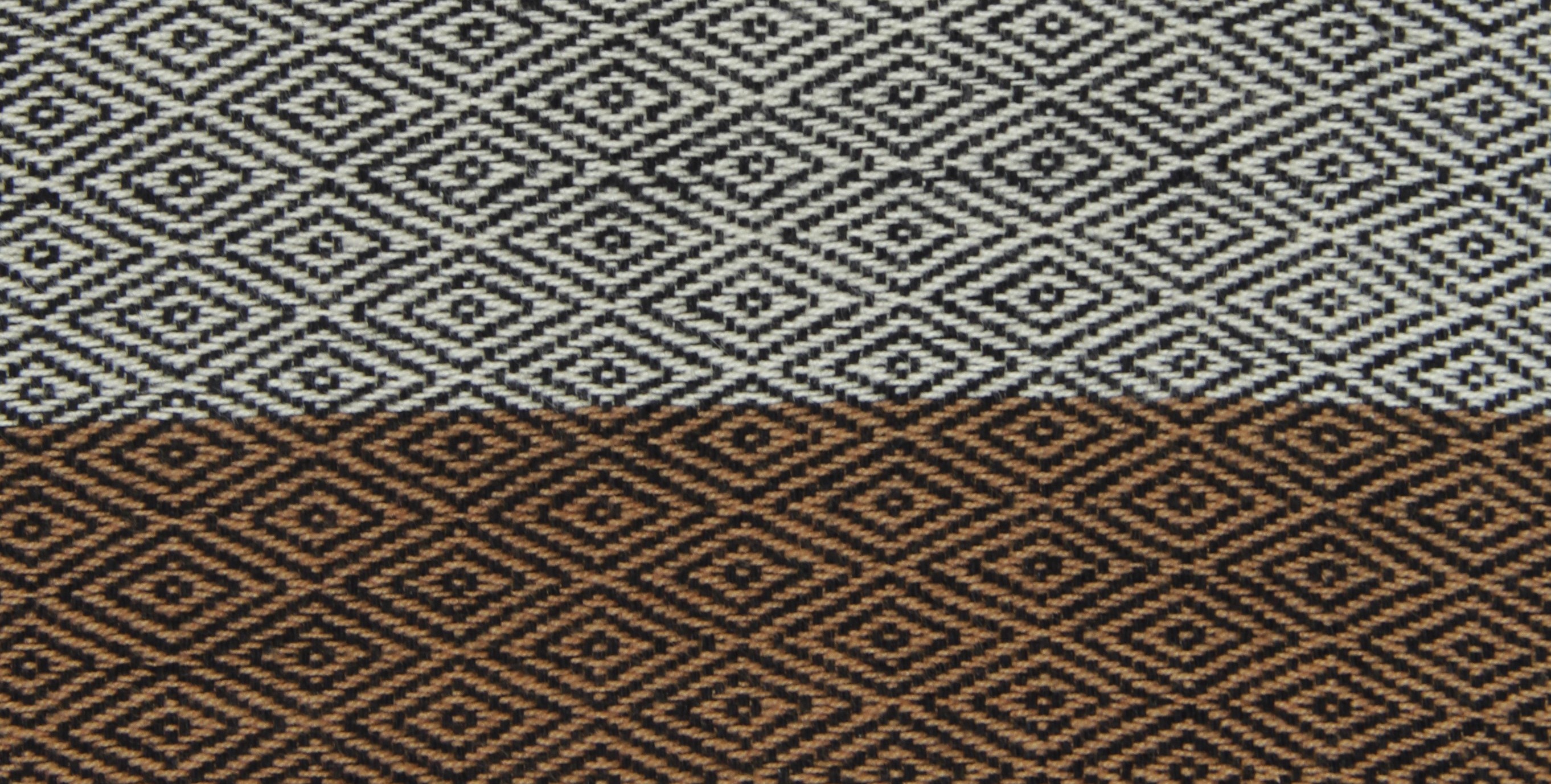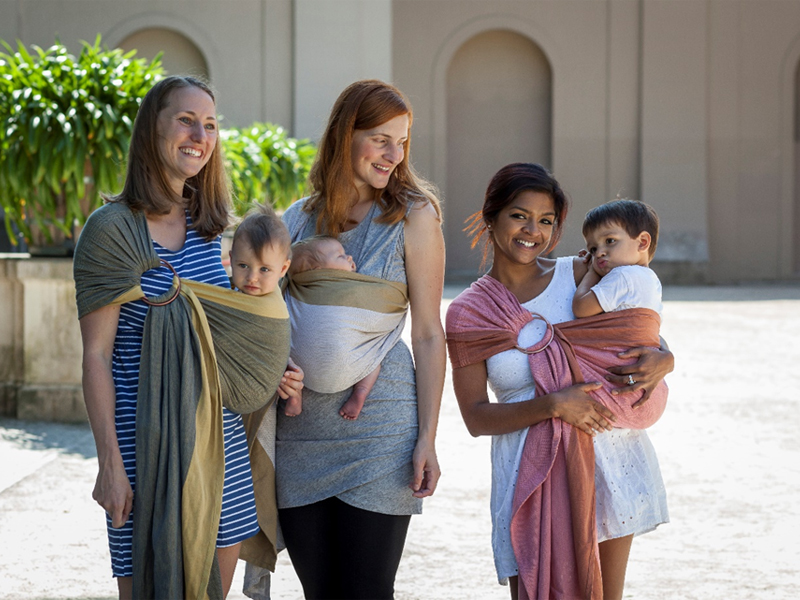
Our Mama Nuka Weavings

Cross twill-, diamond twill- and fishbone-weaving – if you have any questions about these terms, this is the right place for you. Different weaves do not only produce beautiful patterns that differ from each other, especially in the carrying world, weaves should contribute to the purchase decision. Why? Let’s find it out now!
Many of us are probably familiar with weaving from our school days. We were already able to experience with our own hands how the weaving of different threads produces different patterns. Here comes a small definition to refresh our old memories: weaving is the joining of warp and weft threads. Warp threads run in the longitudinal direction, weft threads in the transverse direction. How the threads are strung together not only affects the pattern but also determines the stability of different weaving-techniques.
For babywraps, a stable weave is particularly important to keep your baby securely in the babywrap or ring sling. At the same time, a sling must also be elastic in order to adapt to the baby’s back. This stability and elasticity are given mainly by the cross twill weaving and the herringbone weaving. It is therefore important that a good sling adapts to the body of our baby carriers without wearing out.

The Broken-Twill-Weaving
has the same pattern on the front and back side.
Has evenly scattered binding points.

Diamond-Body-Weaving
is often felt to be thicker than other weaves. Furthermore, the diamond-body-weaving provides stability as it’s best.
Our Zora baby blanket is out of 100% cashmere and particularly cuddly. It was woven as a beautiful diamond twill weave and perfectly suitable for laying down our babys for them to take some rest.

Fishbone-Weaving
the weaving has the same pattern on the front and back side.
By the way, the name of the weaving is due to the pattern reminding of herringbones in a row.
Lovingly handmade
Although our babywraps have different colours and weaves, the same basic rule applies to each of our Mama Nukas: due to the diagonal elasticity, our slings hardly give way in the longitudinal and transverse directions, but in the diagonal. A real quality feature for a good sling that will -thanks to its stability- accompany you and your baby for a long time. And since our Mama Nukas are hand-woven, they are soft enough to feel very comfortable and save, right from the beginning.






Recent Comments